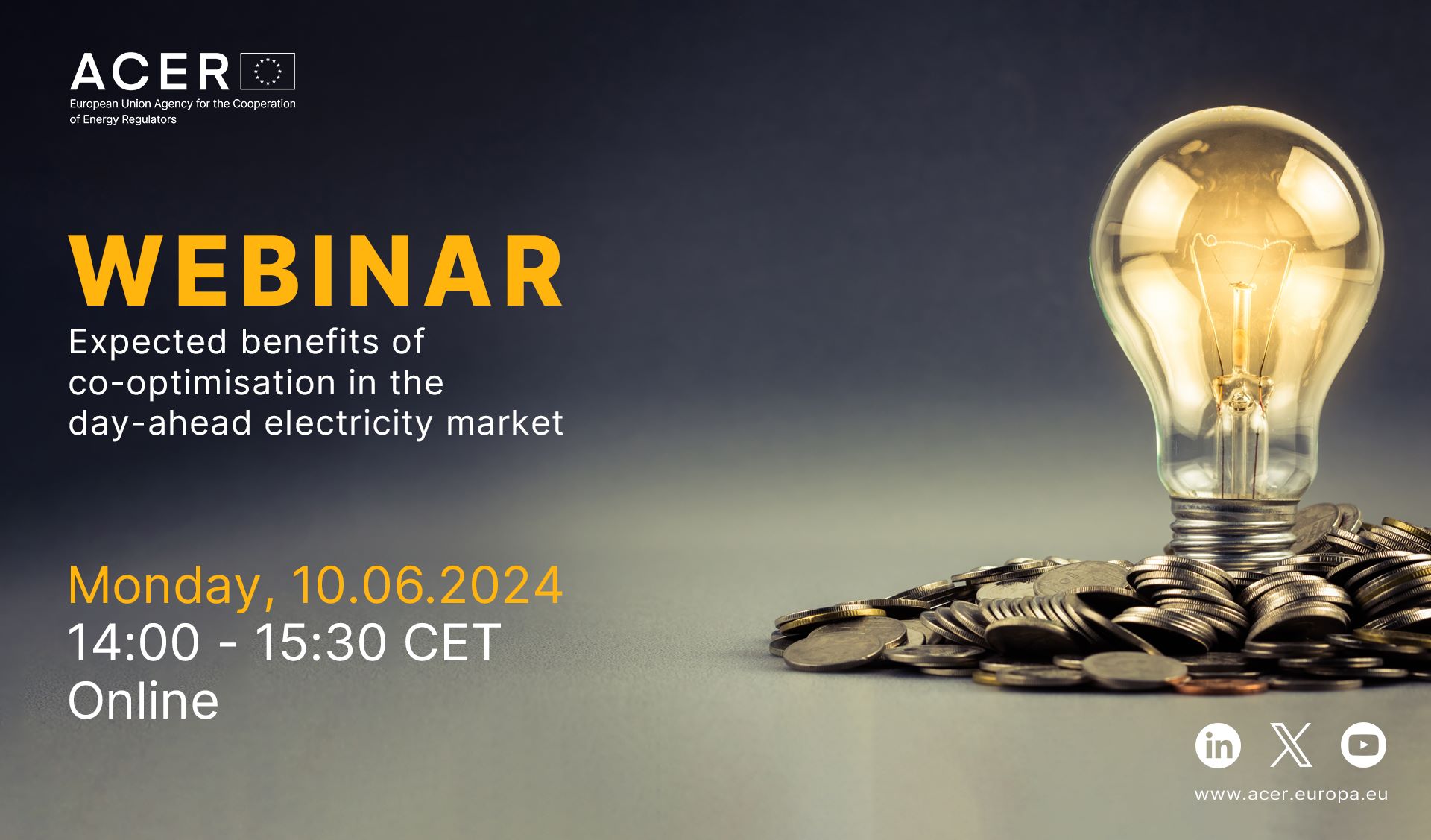ACER webinar: amendments to the electricity grid connection network code
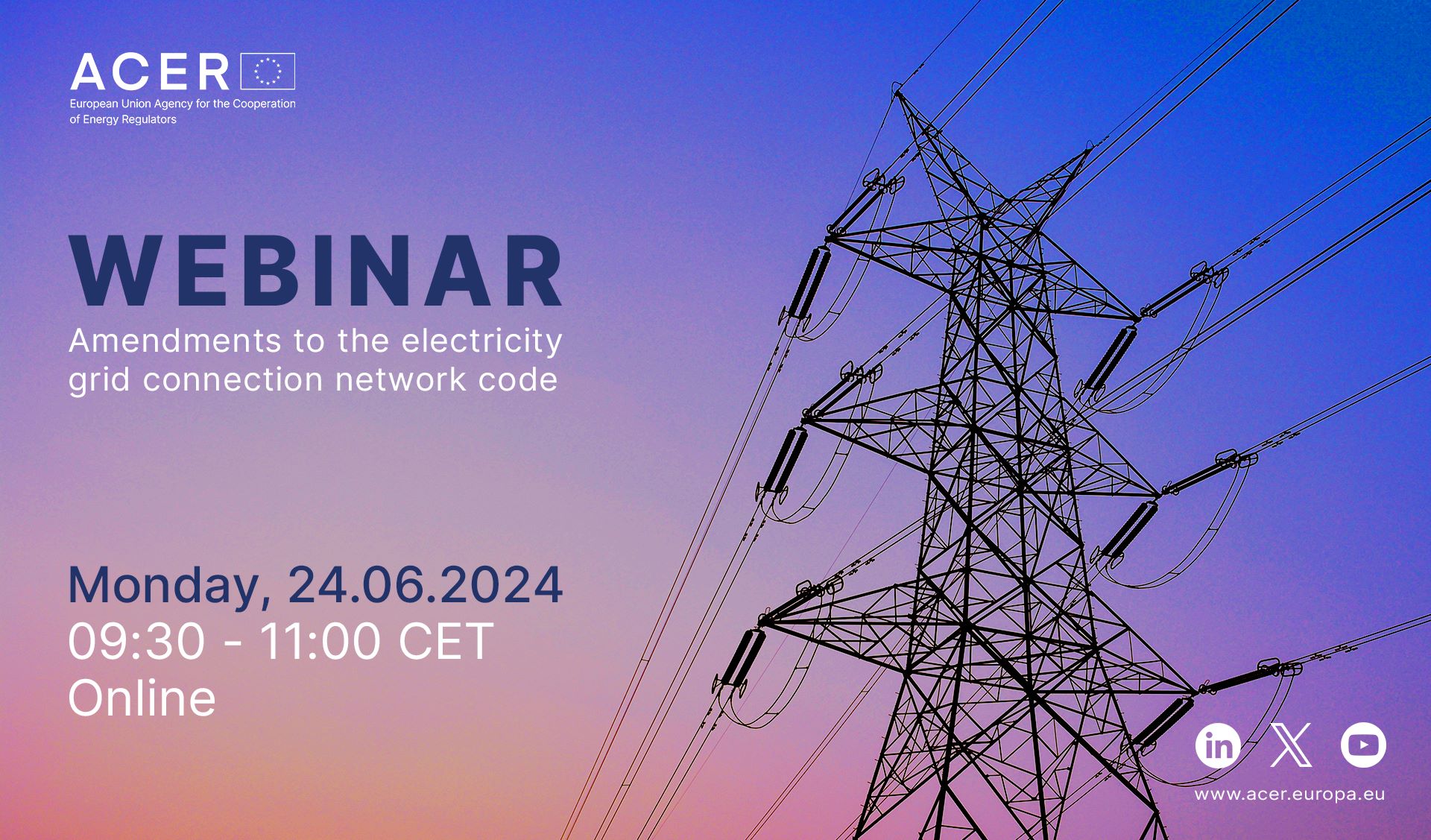


The main focus of the expert group is to advise on the need for voluntary templates for PPA contracts within the European energy market, exploring their feasibility, main benefits and drawbacks. Experts will help ACER assess whether these templates will foster the transparency, efficiency and integration of the European internal energy market, and build the necessary knowledge to ensure alignment with other European energy policies and objectives.
The expert group will operate from spring to summer 2024, with the possibility of extending into 2025 for further analysis on the development of such contracts.
The PPA expert group is composed of the following members:

On 13 May 2024, with its Decision No 07/2024, ACER amended the methodology for Coordinating Operational Security Analysis (CSAM).
The amendment proposal was submitted to ACER in November 2023 by the European Network of Transmission System Operators for Electricity (ENTSO-E), on behalf of Transmission System Operators (TSOs).
CSAM supports the EU’s operational security by outlining the TSOs' requirements to ensure:
The methodology was first approved by ACER in 2019 under the Guideline on Electricity Transmission System Operation (SOGL) and amended in 2021.
The amendments relate to the implementation of the observability area (i.e., where TSOs implement real-time monitoring and modelling of their systems to maintain operational security), following the recommendations of the Incident Classification Expert Panel’s final report on Continental Europe Synchronous Area Separation on 8 January 2021.
The main changes include:
Within a year after the adoption of the new CSAM (by 13 May 2025), TSOs are required to update their ordinary contingency lists. These updates must specifically include the loss of a single busbar coupler, whether protected by an overcurrent protection device or by an over-/under-voltage protection device.

REMIT (Regulation on Wholesale Energy Market Integrity and Transparency) provides an EU framework for the transparency and integrity of energy markets and aims to deter market participants from manipulating the market. It plays an important role in protecting the interests of companies and consumers and ensuring trust in energy markets.
To ensure the REMIT Regulation keeps pace with evolving market dynamics, the European Commission launched a legislative proposal for its amendment in March 2023. A year later, the European Parliament and the Council adopted the new REMIT Regulation.
The REMIT Quarterly is ACER’s main channel of communication with stakeholders on REMIT-related matters, providing updates on ACER’s REMIT activities.
The 36th edition covers the first quarter of 2024 and features:
Access the 36th issue of the REMIT Quarterly.
Access all issues of REMIT Quarterly.
Mandated by the 2019 Clean Energy Package, the European Resource Adequacy Assessment (ERAA) is ENTSO-E’s annual assessment of the risks to EU security of electricity supply for up to 10 years ahead.
Following the approach of the ERAA methodology by ACER in October 2020, ENTSO-E must carry out an annual ERAA to assess whether the EU has sufficient electricity resources to meet its future demand.
At national level, Member States set their own electricity reliability standard to indicate the level of security of electricity supply they need.
At European level, ENTSO-E’s ERAA aims to identify potential electricity resource adequacy concerns in the EU and provide an objective basis for assessing the need for additional national measures ensuring security of electricity supply such as the introduction of temporary capacity mechanisms.
ENTSO-E is required to assess, annually, the risks to EU security of supply in its ERAA. This assessment aims to provide an up-to-date outlook for 10 years ahead.
ACER has been closely involved in the development of the current EU adequacy framework and its implementation. ACER:
For the second consecutive year ACER endorsed ERAA. The latest approval of ERAA 2024 confirms the assessment as a reliable tool in assessing security of electricity supply across the EU. As its relevance grows, so does the need for continuous improvements in future editions, as highlighted in the latest ACER Decision.
ACER engages throughout the year with ENTSO-E and other stakeholders, communicates its views and strives to resolve pressing matters.
1. Reaction to the ERAA 2025 preliminary input data – April 2025
In its initial views on ENTSO-E's call for evidence, ACER:
2. ACER’s Decision on ERAA 2024 and ENTSO-E's methodology webinar – August 2025
The ACER Decision on ERAA 2024 identified three priority areas where further improvements are needed:
The same recommendations were communicated by ACER in ENTSO-E's methodology webinar, organised to promote a better understanding of the methodological evolutions of ERAA 2025.
3. ENTSO-E’s submission of its complete proposal for ERAA 2025 for ACER approval – Expected in Q4 2025
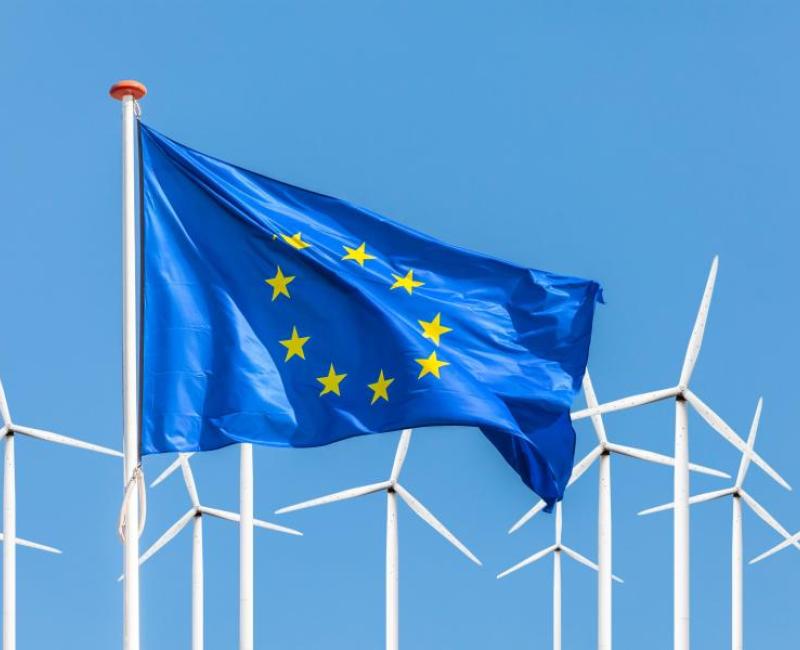
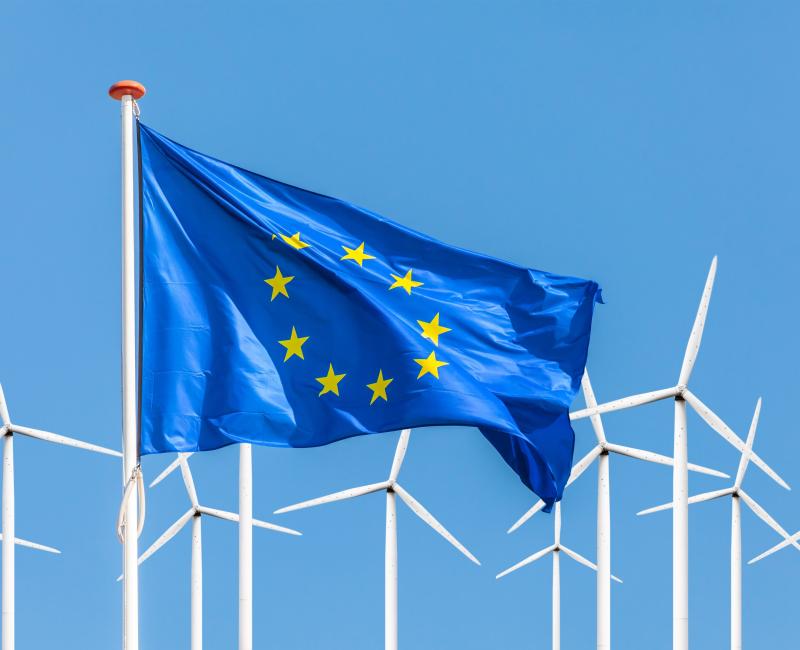
ACER approves the European Network of Transmission System Operators for Electricity’s (ENTSO-E’s) European Resource Adequacy Assessment for 2023 (ERAA 2023). However, ACER also calls for further enhancements in the next annual assessment (ERAA 2024).
ENTSO-E is required to assess, annually, the risks to EU security of supply in its ERAA. This assessment aims to provide an up-to-date outlook for 10 years ahead, helping policy makers to make timely security of supply decisions. The next edition, ERAA 2024, is due in November 2024.
ACER considers that a robust ERAA must:
ACER approves the European Resource Adequacy Assessment, marking a milestone for the security of electricity supply across the EU and acknowledging interdependencies among Member States. It is the first time in three years of ENTSO-E’s assessment that ACER has approved it (see ACER’s communications on ERAA 2022 and on ERAA 2021).
Considering that ERAA 2023 is the last assessment to be undertaken within the 3-year implementation period for complying with the ERAA methodology and the improvements made by ENTSO-E, ACER finds that ERAA 2023 is sufficient. In particular, ACER acknowledges the improvements made in:
However, for ERAA to fully comply with the methodology and be a reliable tool for policymakers, ACER considers that ENTSO-E must strengthen ERAA 2024 as follows:
Failing to implement these improvements may compromise the robustness of the assessment. For example, without changing the modelling approaches, ERAA will be prone to inconsistencies between market entry and exit decisions and the estimated adequacy risks. Ultimately, the absence of improvements to ERAA would impede the adoption of robust security of supply decisions by Member States.
As ENTSO-E’s proposal for 2024 is expected by November 2024, ACER continues its engagement with ENTSO-E and others (e.g. Member States, the European Commission, the Joint Research Centre) so that the ERAA continues to improve.
ACER considers having a solid ERAA in place in 2024 important because:
Access ACER Decision 06/2024 and its annexes.
Access the consolidated version of the approved ERAA 2023 as provided by ENTSO-E: executive report and annexes.
ACER’s new dynamic dashboard allows stakeholders to explore the data categories used in ERAA’s different editions, including those proposed for ERAA 2024.
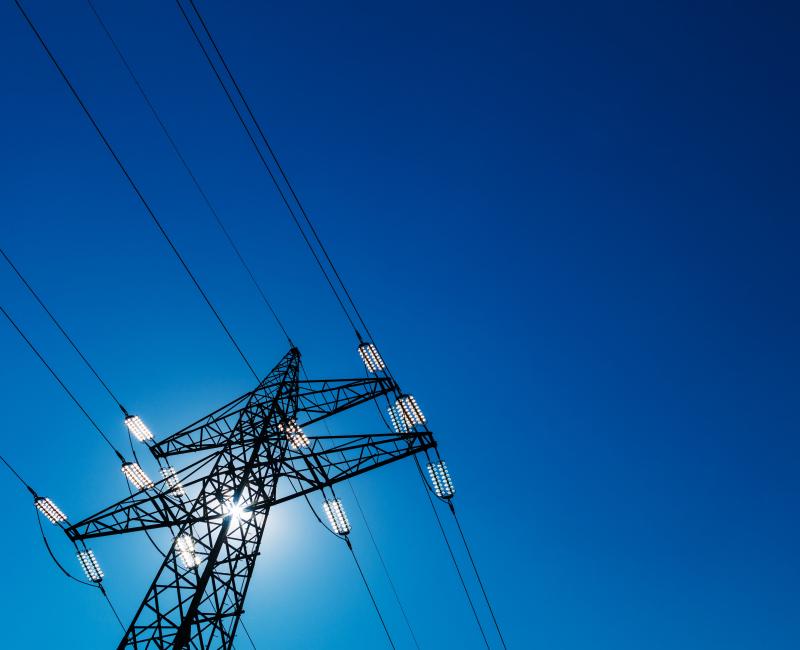
On 26 April 2024, ACER received a proposal from all Nominated Electricity Market Operators (NEMOs) to amend the single day-ahead coupling products methodology.
The single day-ahead coupling (SDAC) products methodology is defined by the Capacity Allocation and Congestion Management (CACM) Regulation. The methodology lists all products that are eligible for inclusion within the EU single day-ahead coupling.
Every two years, all NEMOs are required to consult market participants, as well as all Transmission System Operators (TSOs) and regulatory authorities to ensure that the current SDAC products available in the market:
If the consultation highlights the need to amend the list of products, NEMOs shall submit an amendment proposal to ACER, specifying which products should be included in the SDAC.
At the beginning of 2023, NEMOs initiated a new public consultation to assess the need to amend the latest version of the SDAC products methodology (approved by ACER in December 2020).
Following this process, NEMOs are now proposing an amendment of the SDAC products methodology to enable the implementation of the 15-minute Market Time Unit (MTU) products into the single day-ahead coupling, which is expected in January 2025. The amendment is deemed necessary to comply with the provisions of the EU Electricity Regulation, and to remove entry barriers for market participants trading 15-minute products. This will allow them to buy and sell electricity for each 15 minutes during the day, enhancing market flexibility.
ACER expects to decide on the amended methodology by September 2024.
Access the related ACER public notice initiating the procedure.
Interested parties may contact ACER on this matter at ACER-ELE-2024-006@acer.europa.eu by 4 June 2024 at the latest.
All NEMOs’ proposal to amend the SDAC products methodology.
All NEMOs’ proposal to amend the SDAC products methodology (in track changes).
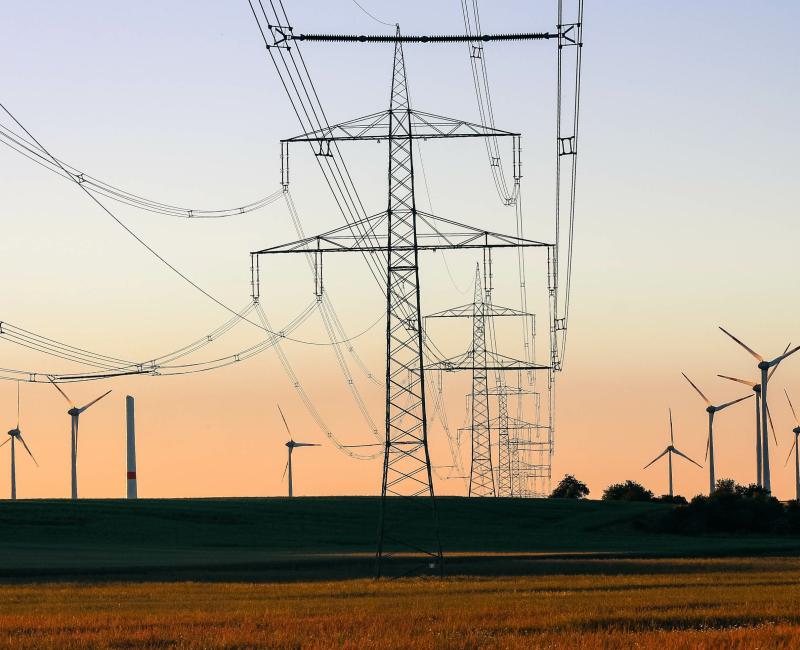
On 18 February 2024, the Dutch National Regulatory Authority (NRA), Autoriteit Consument & Markt (ACM), requested a six-month extension from ACER to adopt coordinated decisions with the Norwegian NRA (NVE-RME) on electricity cross-zonal risk hedging opportunities.
ACER has now granted the requested six-month extension to ACM. The EFTA Surveillance Authority (ESA) will decide on the extension request for NVE-RME, based on a draft from ACER, following the procedure of the Third Energy Package as outlined in the EEA Agreement.
The Regulation on forward capacity allocation requires the Dutch and Norwegian NRAs to assess whether the electricity forward market in their respective bidding zone provides sufficient hedging opportunities. If these opportunities prove insufficient, the NRAs must take coordinated decisions to either:
introduce long-term transmission rights or
task Transmission System Operators (TSOs) with implementing alternative measures to improve cross-zonal hedging opportunities.
Adopting coordinated decisions is important to ensure that the electricity forward market provides adequate hedging opportunities to market participants, which contributes to stabilising electricity prices.
ACM has until 19 August 2024 to take coordinated decisions with NVE-RME on cross-zonal risk hedging opportunities.
